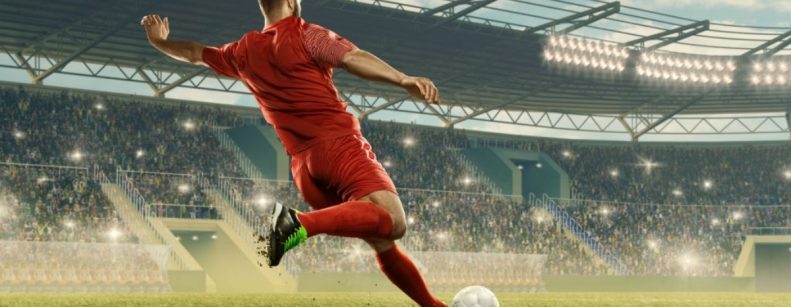
Twenty-fourth of March 1985. Santiago. Estadio Nacional completely full, but full with the tables that were there before and not with the folding seats that we have now, that is, 80 thousand people, and because after that nobody counted anymore. Qualifiers (or Qualifiers, you choose) for the Mexico 86 World Cup: Chile received Uruguay. A tense, rough, strong-legged match, with players without fancy haircuts, tattoos up to their necks or millions of followers on Instagram. Twenty-eight minutes into the first half, Hugo Rubio scored the 1-0 and broke local throats. But the match was still tense, the lead was slim and the opponent was very dangerous.
Fifty-second minute. In a breakaway attempt by the very same player who scored the first goal, a foul almost close to the end line in favor of the home team. Jorge Aravena takes the ball and places it less than a meter inside the field, in a play that ninety-nine times out of a hundred ends in a cross to the small area or in a backward opening for a shot worked during the week. The reason? There is no angle to the goal, it is almost impossible to distinguish between the first and the second post. Besides, the Charrúa barrier was 4? meters away, "if that", so the logic would most likely be fulfilled. But this column would not be written if logic had operated, since El Mortero hit it hard, high, with a lot of effect and the ball embraced the net of Rodriguez's goal, the Uruguayan goalkeeper. The impossible goal was born.
Perhaps without the same mystique, without the same passion and, for sure, without the same talent, I have tried to understand what is happening with the rate structure in Chile. Sure there are many explanations, all converging to the uncertainty of the constituent process and the market "break" in the long part of the curve caused by pension fund withdrawals, but I have not seen that anyone can assign incidences to these events or, even, forecast whether it is all in the prices or if we are still half way to an even bigger correction. I have a model that has worked very well in "normal" situations (or rather before October 19, 2019) and I still think it is the right approximation, but one of its components needs to be re-estimated and therein lies my whole problem: the situation is so unprecedented and changing, that any statistical exercise would give me biased projections, with zero idea of what sign even has that bias.
But I looked for the angle. Because while I was looking for something perfect, I had forgotten that days went by and days went by and my clients needed answers. The public was nervous, throwing things to the court, so I had to solve it fast. I got hung up on a work done by Damian Romero, the one who estimated the behavior of the component I needed, called a term award, albeit for an earlier period (2003-2014). Although several things are different now, I think the exercise serves to, at least, have orders of magnitude regarding what is happening right now. If we take the 2011 - 2020 period as a reference, rates are cheap, too punished and should fall by at least 100 bps at the longer end. However, that benchmark seems to be illusory at the moment, both because of macro conditions and liquidity issues. If we take Romero's work and take his estimates for the period 2010-2014, nominal rates would be "at their price", although the long end in UF would be relatively cheap. And what happens if we take the sub-prime crisis as a reference? Then the market was stressed, but was it as stressed as it is now? Let's see: If we incorporate those estimates and apply them to our model, rates would be expensive and would still have room to rise by almost 150-200 bps. Anyway, a word of caution: at that time there was not only a component of local uncertainty, but also international uncertainty, which, as the same paper we cited shows, greatly influences local term premia. What does the current juncture look more like? I leave that assessment to the reader.
Yeah, ok, it's possible that more than hitting the goal he's looking for a back pass or to throw the ball to the corner. But I already said I didn't have the talent of El Mortero. And even if I can't make an "impossible estimate" (for the moment) I can look for the angle on the other side to, in the end, also try to win the game.
Nathan Pincheira
Chief Economist of Fynsa